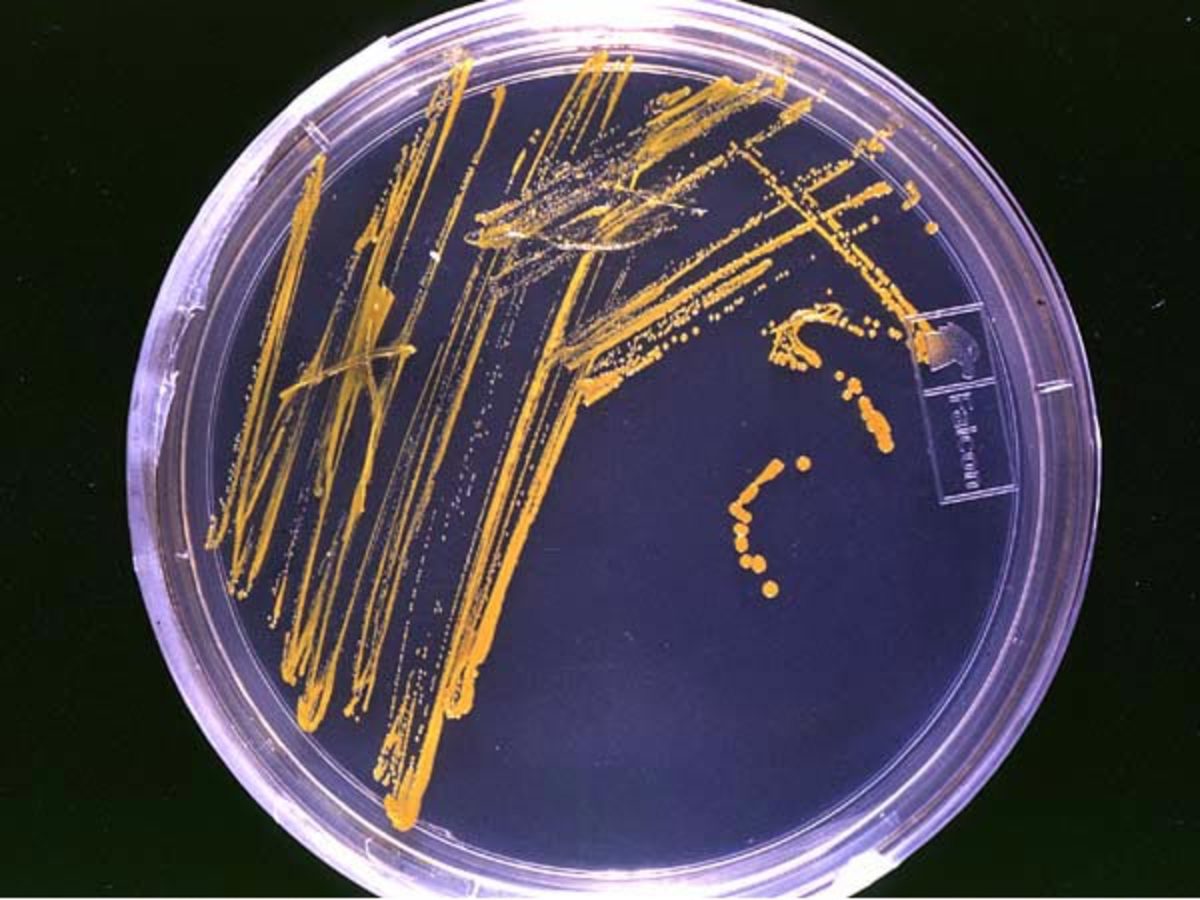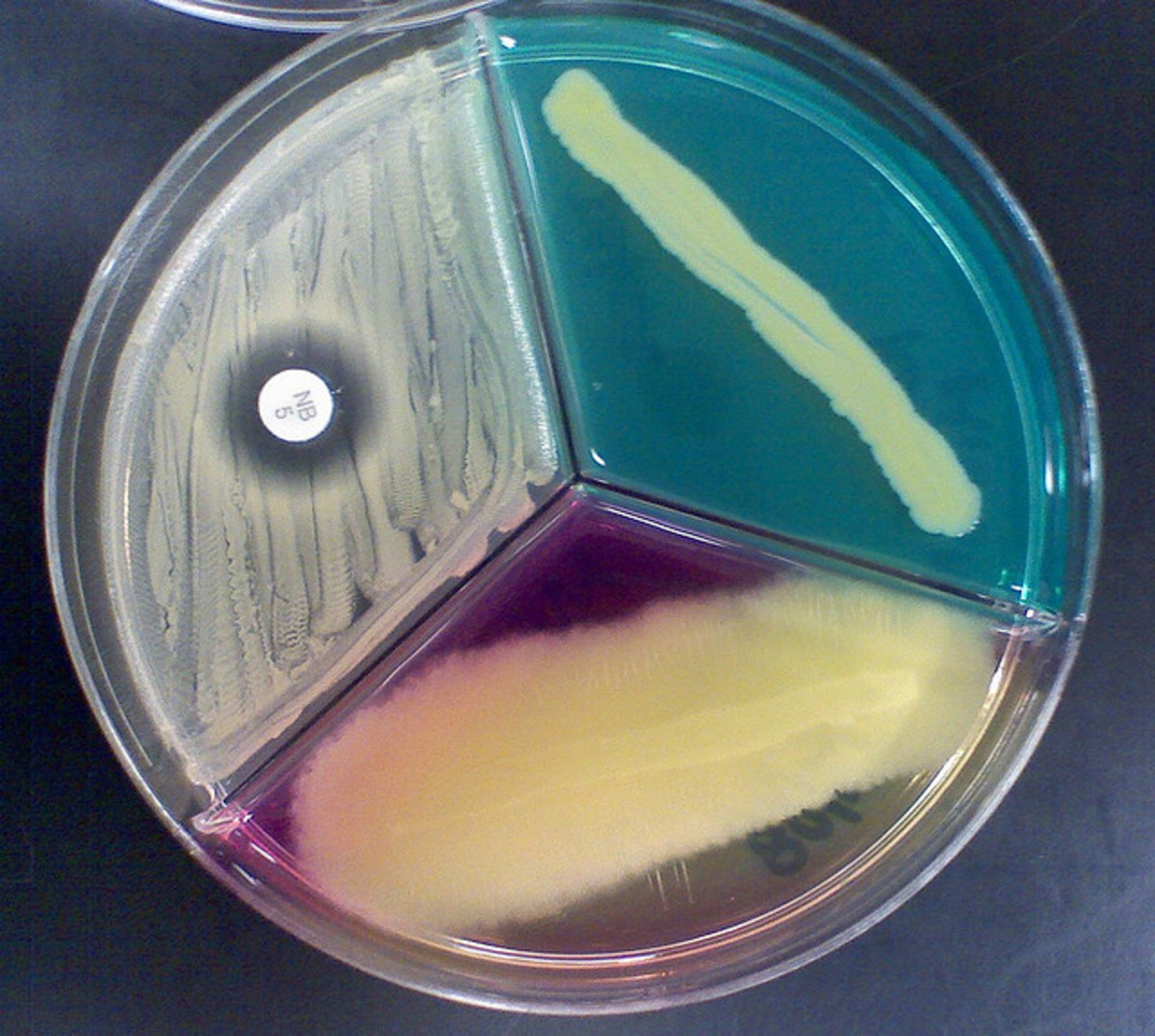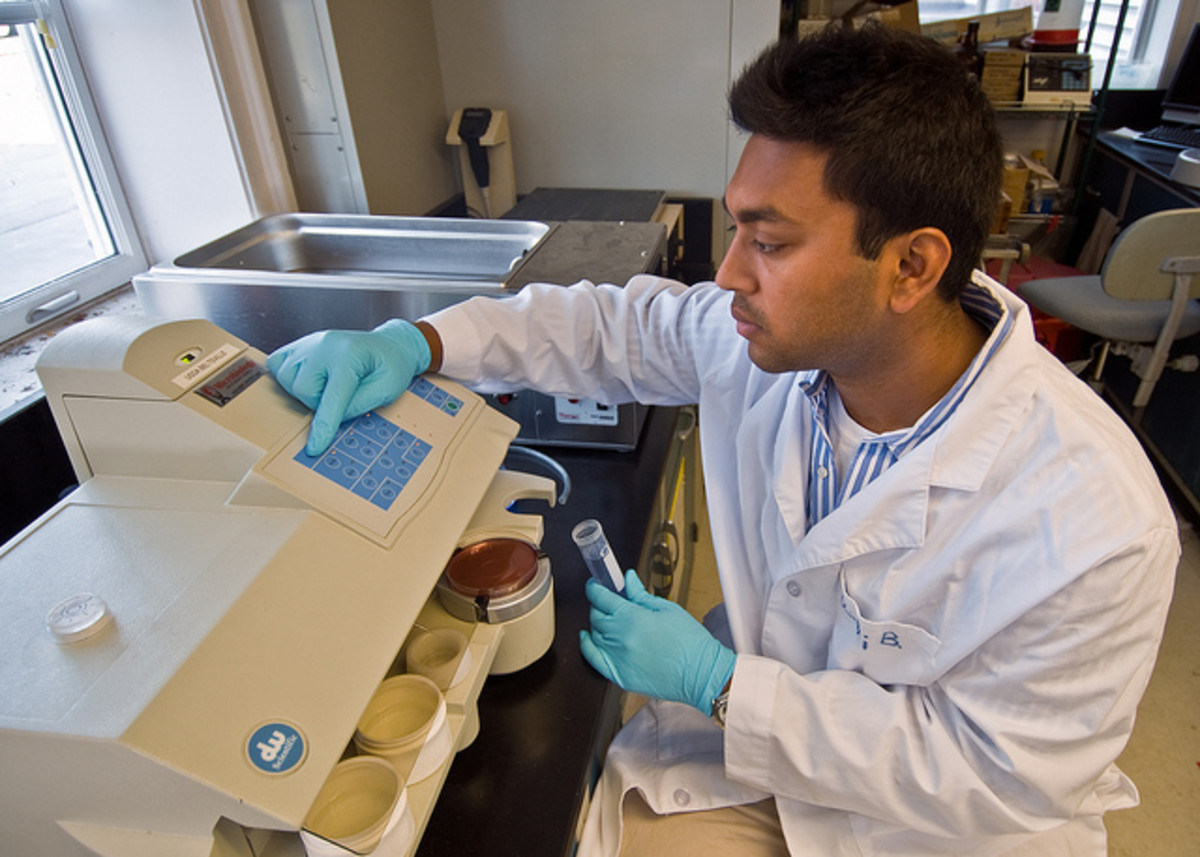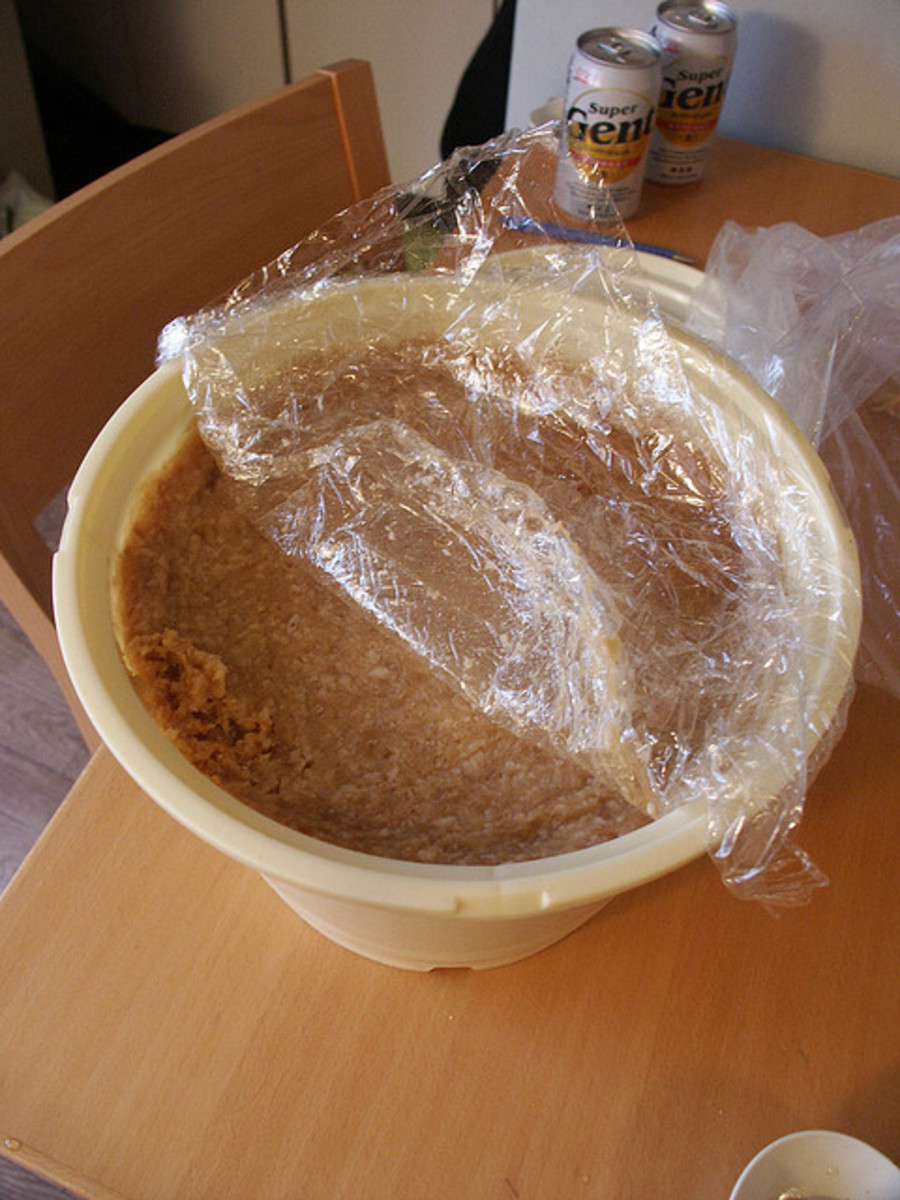A culture media is a special medium used in microbiological laboratories to grow different kinds of microorganisms. A growth or a culture medium is composed of different nutrients that are essential for microbial growth.
Since there are many types of microorganisms, each having unique properties and requiring specific nutrients for growth, there are many types based on what nutrients they contain and what function they play in the growth of microorganisms.
A culture may be solid or liquid. The solid culture media is composed of a brown jelly like substance known as agar. Different nutrients and chemicals are added to it to allow the growth of different microorganisms.
Below given are some types of important culture or growth media used in microbiological laboratories:

The Preservation Culture Media
This is composed of all the basic nutrients required for a microbial growth and is used to preserve a specific type of microorganism, preferably bacteria or a set of different microbial entities for a long period of time.
The basic purpose of this culture is to let these microorganisms grow safely in an ensured environment that has all the important nutrients and to protect them against any environmental damage so these organisms can be used when needed.
The Enrichment Culture Media
This is a liquid medium which allows the microorganisms to multiply and has the essential nutrients that are required for it.
It is usually composed of bacteria taken from a liquid source such as pond water. The basic nutrient broth is the most commonly used.

Selective Culture Media
This is a special type of media which allows the growth of certain microorganisms while inhibits the growth of the others.
For example if we want to isolate a specific bacteria let’s say that can with stand an acidic environment from a sample of pond water and get rid of others, a selective media with a low pH will be taken which will allow the growth of only those organisms that can withstand acidity and will kill the others that cannot.
Examples of commonly used selective media includes: PALCAM agar medium or Mac conkey agar medium.

Differential Culture Media
This is a media that is used for differentiating between bacteria by using an identification marker for a specific type of microorganism.
The selective and differential culture media are opposites to each other in a way that one inhibits the growth of other organisms while allowing the growth of some while the other does not kill the others but only highlights one type.
Blood agar is a common differential culture medium used to identify bacteria that causes haemolysis in blood.

Resuscitation Culture Media
This is a special type of media which is used for growing microorganisms that are damaged and have lost the ability to produce due to certain harmful environmental factors.
This culture allows the organisms to regain their metabolism by providing the nutrients that the organisms had been deprived of. For example, a type of bacteria that requires histamine for its growth is subjected to a medium lacking this essential component its growth will be inhibited.
If the same bacteria is then placed in a medium consisting of histamine it will start to grow again. In this case the media containing histamine will act as resuscitation media. An example of a commonly used resuscitation culture media is the tryptic soya agar.
General Purpose Media
The general purpose media is a media that has a multiple effect, i.e. it can be used as a selective, deferential or a resuscitation media.
Isolation Culture Media
An isolation culture medium is a simple agar containing solid medium that allows the growth of microorganisms in the direction of the streaks.
For example the bacteria will only grow on the pattern made on the solidified agar during the streak plate method. This is the most commonly used medium in microbiological labs.
Fermentation Media
The fermentation culture media is a liquid selective media which is used to obtain a culture of a specific organism more likely yeast or a particular toxin.
The fermentation media can also be differential but mostly it is selective in nature that is allowing the growth of one type while inhibiting the growth of others.





No comments:
Post a Comment
Due to the high number of spammy comments we have decided to initiate comment moderation so that we can maintain our quality standards and make good environment for our visitors. Please leave your comment